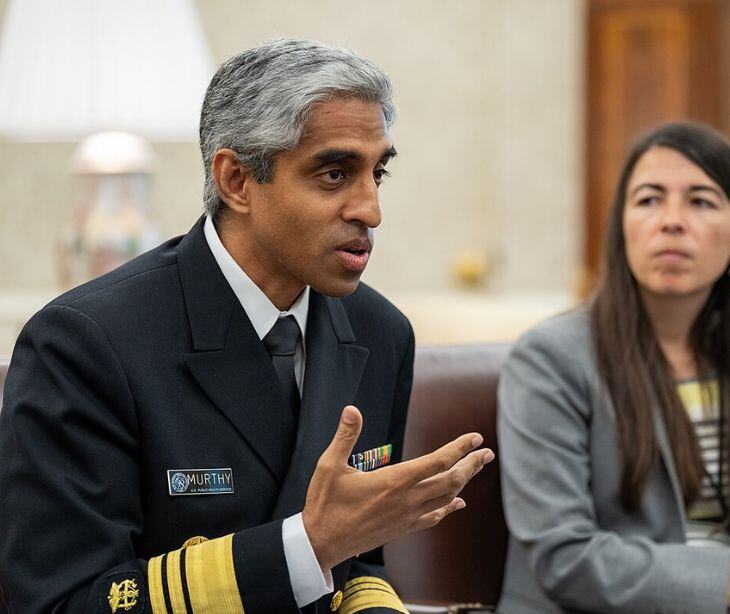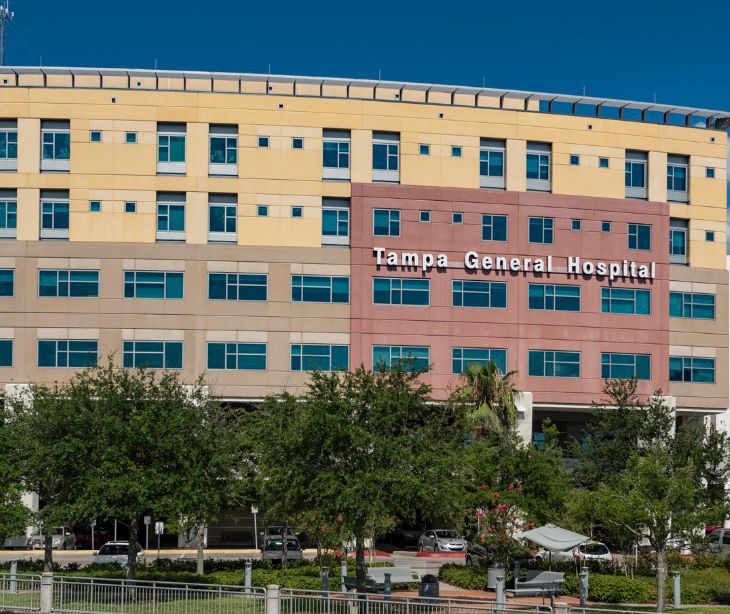2 min read
OIG clarifies marketing of financial assistance policies in healthcare
Farah Amod
July 30, 2024

On July 8, 2024, the Office of Inspector General (OIG) updated its General Questions on Fraud and Abuse Authorities (FAQs) to clarify the permissible ways healthcare providers can communicate their financial assistance policies to patients.
What happened
The OIG's updated FAQs (FAQs #13-16) reaffirm its longstanding position that healthcare providers may offer financial assistance to Medicare and Medicaid beneficiaries based on an assessment of the patient's financial need. This is permitted under the AKS safe harbor and CMPL exception for waivers of cost-sharing amounts, provided the waivers are not routine, not advertised, and made on a good-faith, individualized determination of financial hardship.
Going deeper
The new FAQs discuss how providers can lawfully make their financial assistance policies known to patients and the public. The OIG distinguishes between advertising/marketing and simply "making all patients aware" of the availability of such assistance.
What was said
In FAQ #14, the OIG states it "does not consider it an advertisement when a hospital posts its financial assistance policy on its website and suggests patients contact the billing department for more information." Conversely, a website notice that the hospital offers "insurance only" billing to all patients "would be an advertisement and present fraud and abuse risk."
The OIG further explains that as long as the financial assistance policy is acceptable (i.e., waivers are not routine, are based on individual financial need assessments, and are not advertised), the provider may communicate the policy through its website, on-site posters, and mailed patient bills without posing a significant risk.
Related: HIPAA Compliant Email: The Definitive Guide.
Why it matters
This OIG guidance benefits healthcare providers seeking to balance between informing patients about available financial assistance and avoiding improper marketing that could implicate fraud and abuse laws. By clarifying the distinction between awareness-raising and advertising, the FAQs provide valuable compliance guardrails for providers.
The insights from these FAQs can also be extrapolated to other contexts where healthcare organizations offer patient engagement tools or support under the AKS safe harbor. If providers are trying to make patients aware of benefits, and not using them for marketing or recruitment purposes, the OIG indicates tools and support are permissible.
FAQs
Can healthcare providers advertise their financial assistance policies to patients?
No, the OIG advises against routine advertising or marketing of financial assistance policies, as this could increase fraud and abuse risk. However, providers can "make all patients aware" of financial assistance by posting the policy on their website, including it on patient bills, and having it available in person at the facility.
What are some examples of permissible ways to communicate financial assistance policies?
The OIG cites posting the policy on the provider's website, having it available on-site through posters or brochures, and including it on patient bills or other mailings as acceptable ways to make patients aware of the assistance, as long as it is not done in an overly promotional manner.
Can this OIG guidance be applied to other patient engagement or support programs?
Yes, the OIG's principles around distinguishing awareness-raising from improper marketing can be useful in different contexts, such as healthcare organizations offering patient engagement tools or support services under the AKS safe harbor. As long as the provider is simply making patients aware of the availability of these benefits, rather than using them for recruitment purposes, it is likely to be viewed as low-risk by the OIG.
Subscribe to Paubox Weekly
Every Friday we'll bring you the most important news from Paubox. Our aim is to make you smarter, faster.




